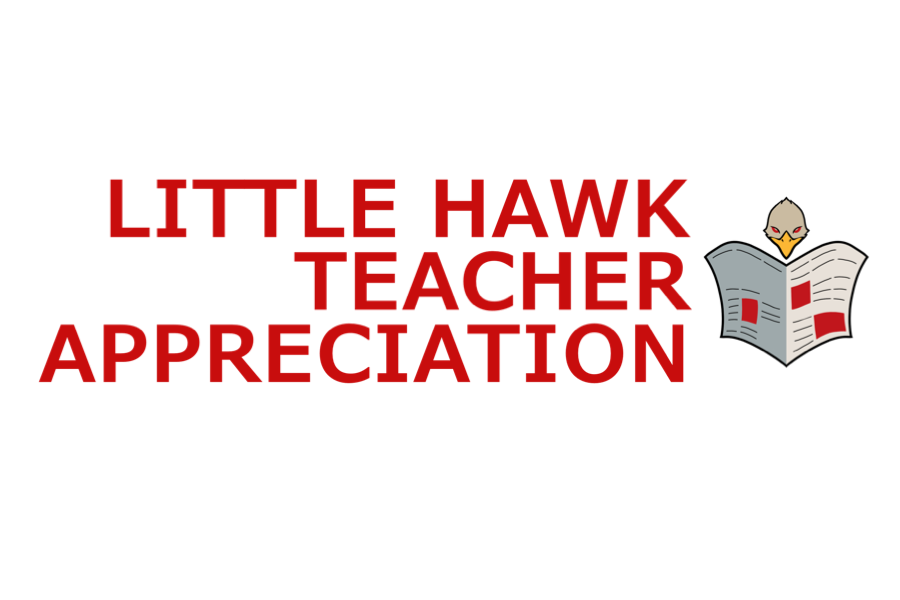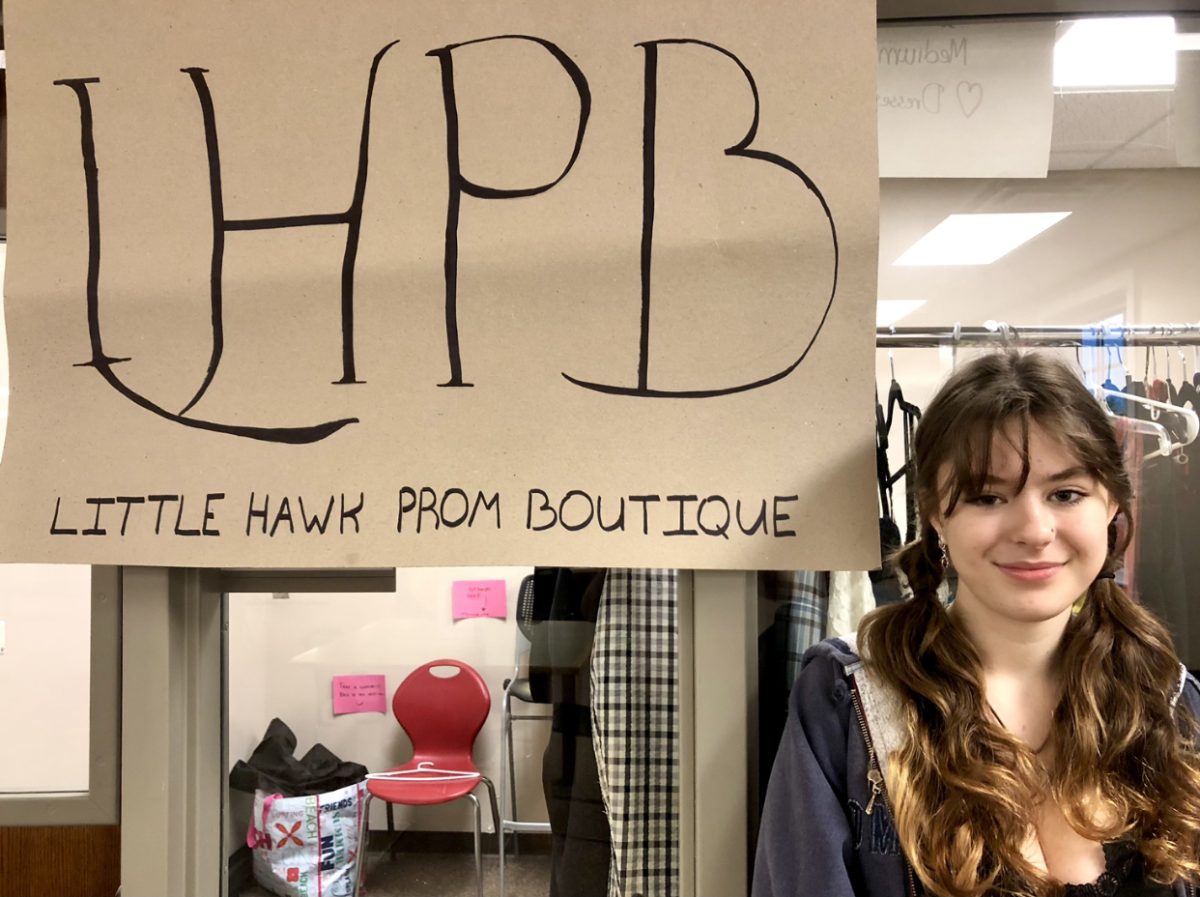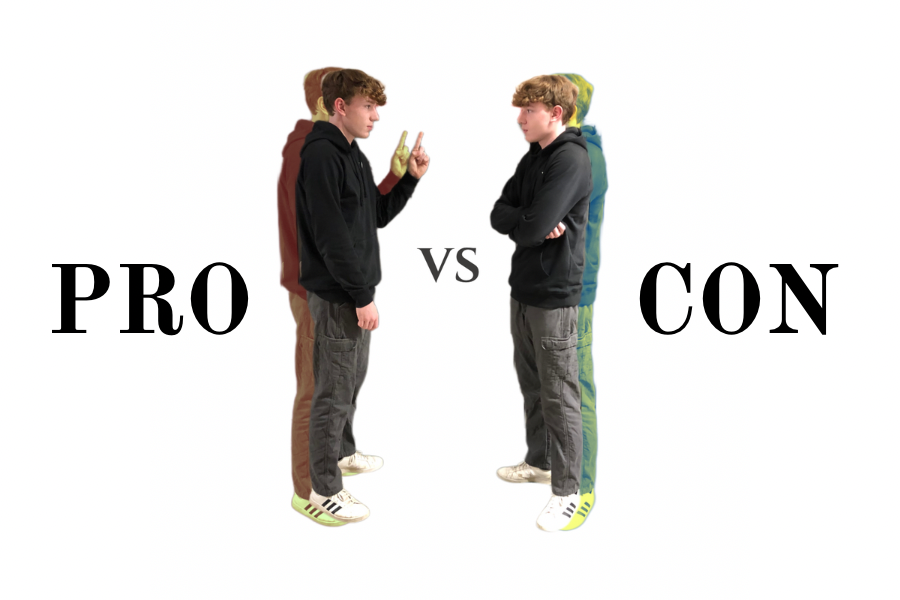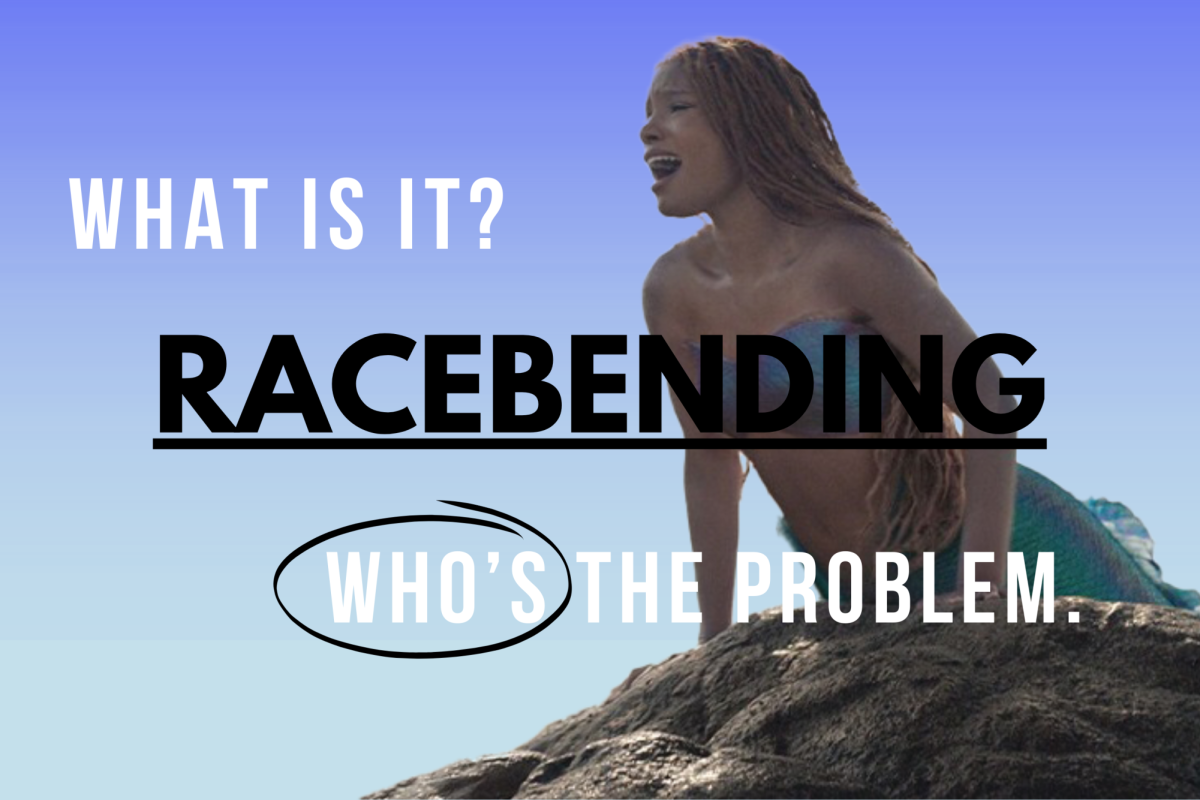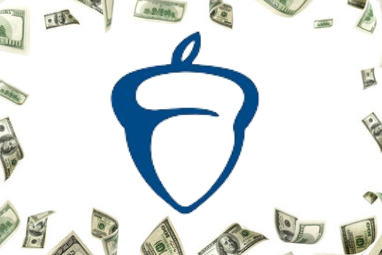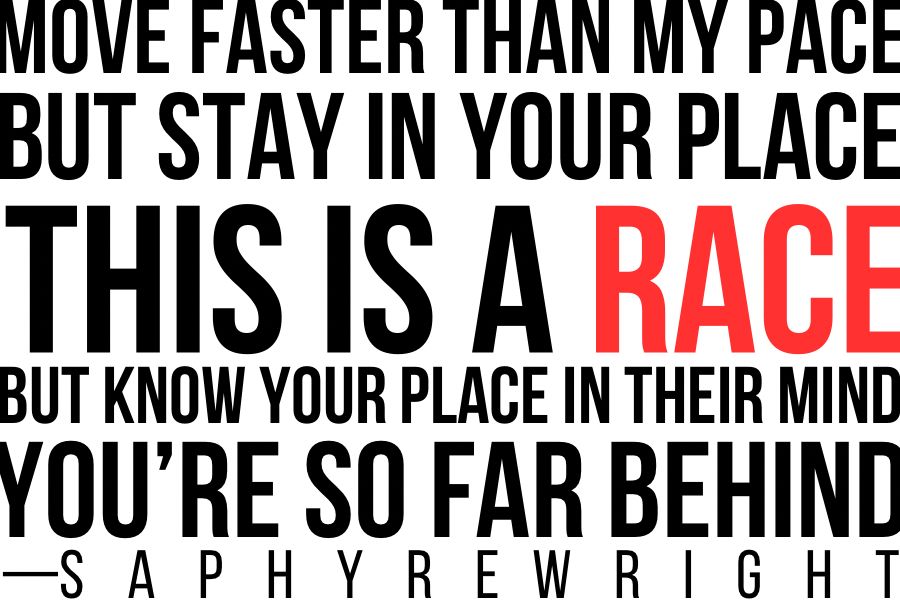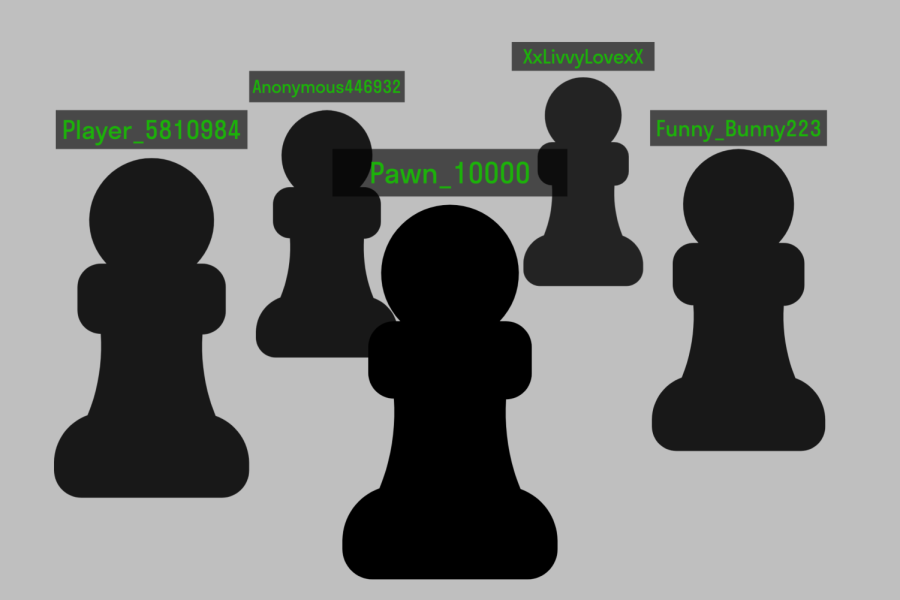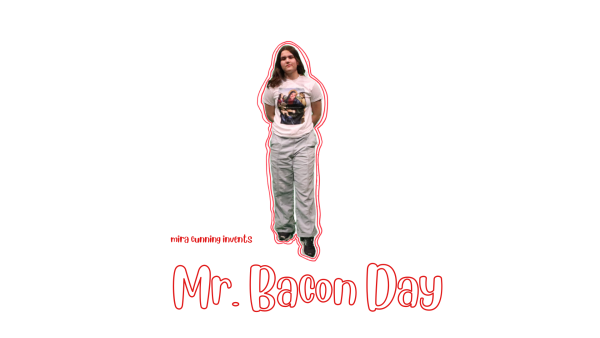Roblox: Behind The Screen
May 5, 2023
Roblox?
With hundreds of millions of recorded players on the gaming platform of Roblox, the game-developing company has reached an audience in all corners of the world. Roblox’s platform is built in a nontraditional way, with over 40 million games to choose from, many of which have been created by actual players on the platform.
The Developing Dilemma
A concern some have with the company and platform as a whole is the way they are “exploiting” young developers. What the company has done is created a program to play games, Roblox; and a program to create games, Roblox Studio. From there the company is mostly hands-off, having young people create games for other young people to play.
Where there’s trouble is the economic part of the equation. Developers are able to make revenue off of their creations, this revenue is solely in Roblox’s own online currency: Robux. When a player buys something using Robux the creator only takes 30% of the cut, the rest going to the company and distributor or seller. Additionally, a creator or developer needs at least 100,000 Robux to cash it out for real currency, that minimum amount turning into about $1000, so unless a developer’s creation is getting hundreds if not thousands of digital purchases, they likely won’t be able to cash out their earned “money.”
Though Roblox advertises the Creator Program as a way for its developers to generate their own source of income, realistically there’s a minuscule amount of games that get enough traffic and in-game purchases together to be making not just profit but a continuous, sustainable profit.
Marketing to a Young Audience
Many famous brands use Roblox as a way to reach out to a young audience. Recently, Walmart collaborated with Roblox to create a game called Walmart Land, where young players are able to have explore, play obstacle courses, and offers in-game purchases. Walmart Land is almost completely pointless except for the fact that it introduces Walmart to a young audience. The obstacle courses (obby’s) and other interactive elements found in Walmart Land can be found in hundreds of other obby’s, games, and other creations made by young game developers, and are not exclusively made by big corporations looking for a way to get cash from a young audience. It’s not a game made for fun, but as a way to get more income.
This isn’t the only large corporation that has used Roblox as a way to draw in a young audience. Spotify, Gucci, and Chipotle have all made Roblox games, advertising their company to impressionable players. These games are exhibitions of the product/company with branded content plastered everywhere.
These large brands targeting easily influenced kids without their own money is a problem. Marketing like this leads to kids making more online purchases with their parents’ money. These kids only serve these corporations as pawns. These private owners continue profiting and leaching off of young children, causing the already wealthy companies to get richer. This is an example of how capitalism is making its way into all corners of most every industry and age group. These marketing strategies can lead to impulse control problems, due to the sheer number of products these companies are advertising simultaneously that children continuously buy.
Large artists have also gone on Roblox and have advertised new music through concerts. Famous artists such as Lil Nas X and NCT 127 promoting on an incredibly accessible gaming platform is an incredibly smart marketing move, but when corporations do the same thing, it can negatively affect kids. The advertised music played at these concerts is free, while the corporation’s products are not.
The Wild, Wild Web
More than half of the players that use Roblox are 12 and under, which draws concern because of not only the exploitation of the young audience, but also the content that young children can easily stumble upon on the platform.
While Roblox may seem harmless, cyberbullying runs rampant with older children, especially taking advantage of the younger and more impressionable kids on the app. Older players often scam and manipulate the younger children on the app, taking Robux and consequently real money from the children and their families. They often play these types of things off as a joke, but what seems like a joke can quickly turn into something serious for young children who use Roblox.
While parents may not know what their children are doing on the app, the Roblox team is likely well aware. Blocking swear words is one of the only initiatives that has been taken against the cyberbullying that is so prevalent on the platform, and this has only caused people to become more creative in their ways of insulting others.
Conclusion
When looking at Roblox as a corporation, with a disenchanted perspective, the problems and negative attributes are glaringly obvious. Behind many of the colorful thumbnails on each of the platform’s games is a kid getting little to no pay from the income they create through their coding and creations. Behind “experiences” with a brand’s name slapped on them are already large corporations reaching a new, large audience ready to be influenced. Behind parents’ backs are children being cyberbullied by mostly anonymous players the same age or older. Still, Roblox uses the thrill of new games uploaded daily, new interesting technology like voice chat, and the already large population of players to continue growing. While this continued growth is inevitable, knowing what the company is doing behind the scenes and its overall motives can keep you from being ignorant as you continue observing or playing on the platform.


